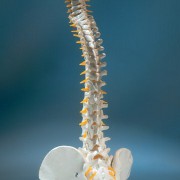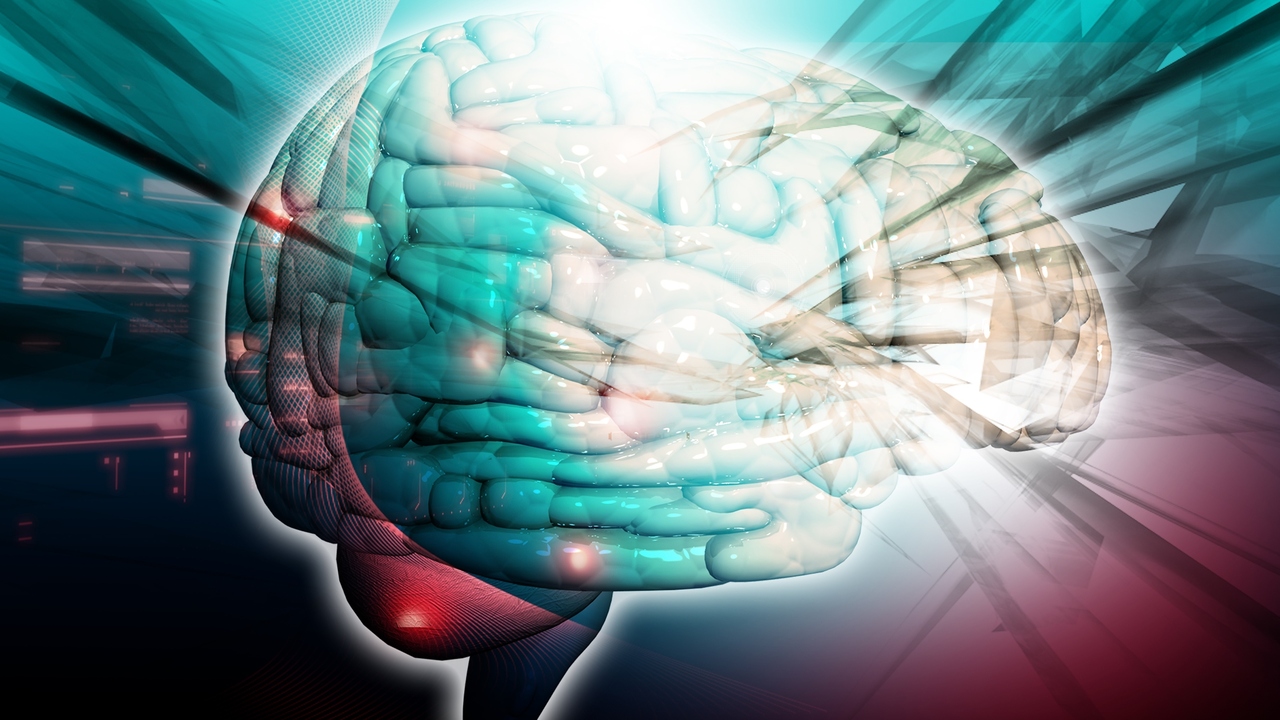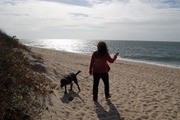 Photo: Getty Images
Photo: Getty Images
Spinal cord infarction, also known as spinal stroke, is a stroke that occurs either within the arteries that supply the spinal cord or the cord itself. The leading cause is arteriosclerosis, a closing or thickening of arteries which are major suppliers to the spinal cord.
More specifically, the type of arteriosclerosis is called atheromatosis. In these cases, an accumulation of lipid-containing matter forms within the arteries. The symptoms of spinal stroke may include paralysis, loss of deep tendon reflexes, and intermittent back pain which either feels sharp or burning or both. Other possible symptoms are loss of pain and temperature sensation, incontinence, aching pain down through the legs, and weakness in the legs.
Spinal stroke can can also be accompanied by initially limp, floppy muscles that become spastic or “tight” over the next brief span of time (sometimes several days), reflexes which may go from being unresponsive to becoming overactive, or a loss of the sense of temperature and pain.
Depending on the mechanism underlying the spinal cord infarction, the symptoms may begin abruptly and acutely or slowly and gradually. Specific symptoms depend on where in the spinal cord the infarction occurs.
The following are some conditions which may result in occlusion of the spinal arteries and spinal cord infarction:
* atherosclerosis of the aorta
* a dissecting aoric aneurysm
* an abscess or tumor impinging on an artery
* severe low blood pressure
* blockages in blood vessels which are smaller
The following types of blockages may be due to polyarteritis nodosa, diabetes, systemic lupus erythematosus, neurosyphilis, tuberculous meningitis or pneumococcal meningitis:
* vasculitis
* blood clots
In very rare cases, incidents of spinal cord infarction have been caused by situations in which there is pressure placed on the spine. These situations can include back injury, exercise and pregnancy.
In these cases, the nucleus pulposus or core of a spinal disc extrudes out of the disc. This enters into a spinal artery, and can result in a blood flow blockage.
"Infarction is a suspected diagnosis when severe back pain and accompanying typical characteristic deficits develop suddenly. Diagnosis is by MRI. Acute transverse myelitis, spinal cord compression, and demyelinating disorders may cause similar findings but are usually more gradual and are excluded by MRI and by CSF analysis."(Merckmanual)
"Diagnosis is often made by ruling out conditions that might account for the patient's symptoms. Although many tests will not actually reveal spinal cord infarction as the reason for a patient's loss of function, it is important that a variety of tests are performed in order to search for potentially reversible causes of disability." (Healthline)
MRI scanning may be helpful in this effort. It may not actually reveal images indicative of spinal cord infarction. Treatment is possible but largely focuses on the symptoms rather than the actual condition.
This means that someone who is experiencing trouble with their back, legs or paralysis in general may be prescribed physical and or occupational therapy to regain skills which have been lost. Similarly, a catheter may be necessary for patients with urinary incontinence.
Depending upon how quickly treatment is received after the initial infarction and how badly the body has been affected recovery will either be slow going and quite challenging or an attainable and not insurmountable goal. In fact, most individuals do have a good chance of a full recovery. In some cases paralysis may persist for many weeks and, in some cases, unfortunately, it may be permanent.
Please visit the NINDS website listed in the sources below to find out more. NINDS conducts and supports research on disorders of the spinal cord such as spinal cord infarction, aimed at learning more about these disorders and finding ways to prevent and treat them.
Sources:
Spinal Cord Infarction
Author: Thomas F Scott, MD; Chief Editor: Helmi L Lutsep, MD. MedScape Reference. Retrieved from the internet on February 9, 2012
http://emedicine.medscape.com/article/1164217-overview
NINDS Spinal Cord Infarction Information Page. National Institute of Neurological Disorders and Stroke. Retrieved from the internet on February 9, 2012
http://www.ninds.nih.gov/disorders/spinal_infarction/spinal_infarction.htm
Spinal Cord Infarction By Rosalyn Carson-DeWitt MDThe Gale Group Inc., Gale…. Gale Encyclopedia of Neurological Disorders, 2005. Healthline.com
Retrieved from the internet on February 9, 2012
http://www.healthline.com/galecontent/spinal-cord-infarction
Spinal Cord Infarction. Merckmanual
Retrieved from the internet on February 9, 2012
http://www.merckmanuals.com/professional/neurologic_disorders/spinal_cord_disorders/spinal_cord_infarction.html
Aimee Boyle is a regular contributor to EmpowHER
Reviewed February 10, 2012
by Michele Blacksberg RN
Edited by Jody Smith






Add a CommentComments
There are no comments yet. Be the first one and get the conversation started!